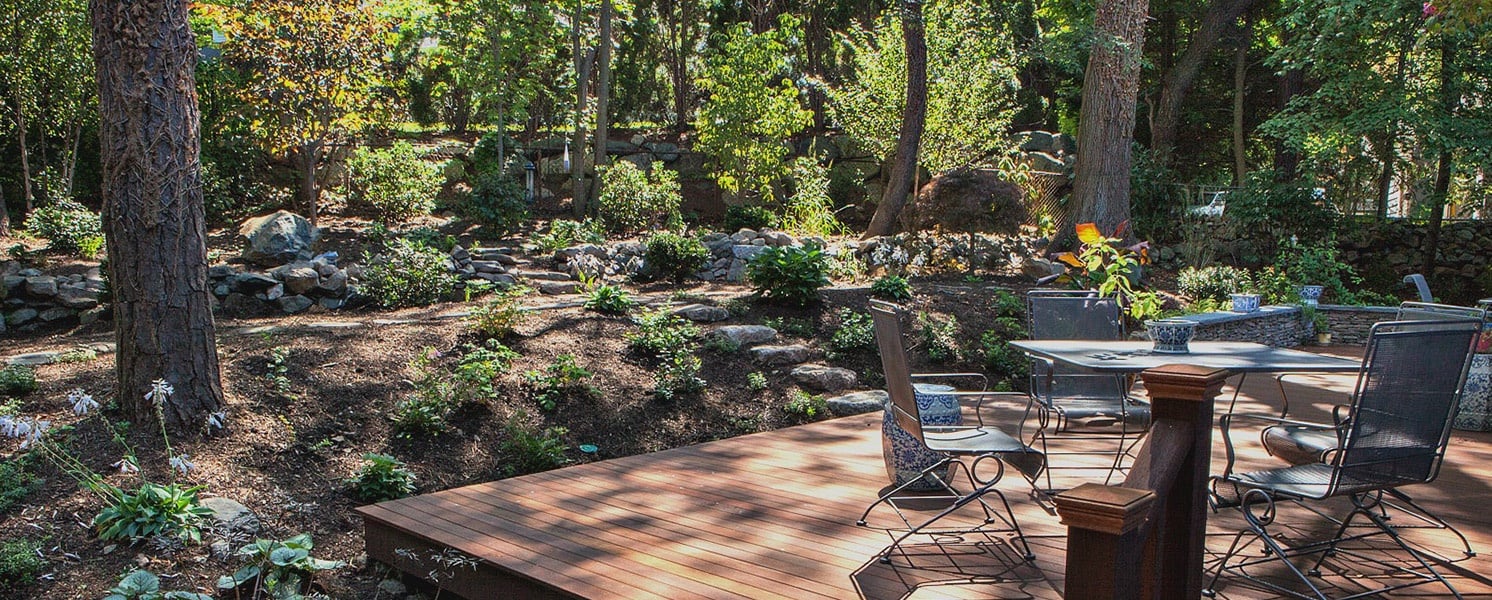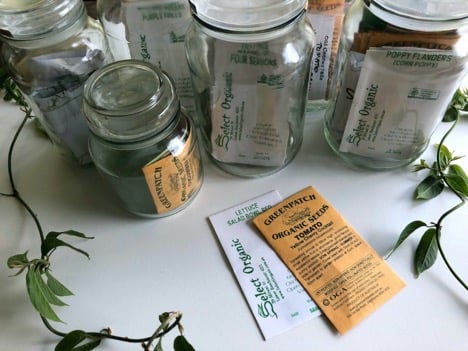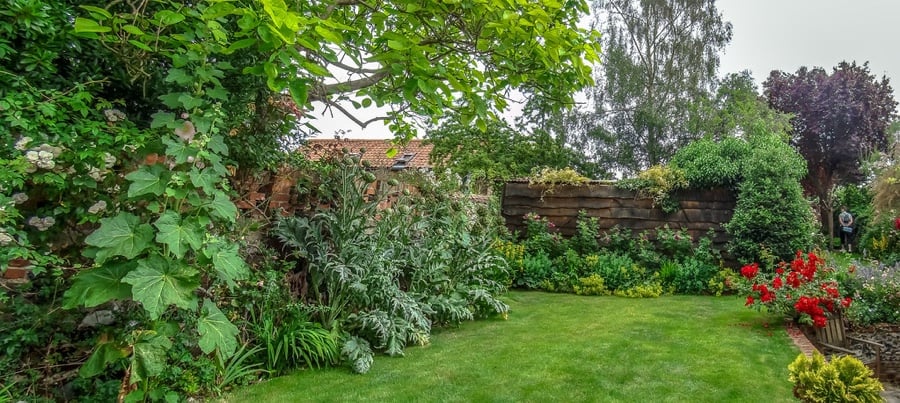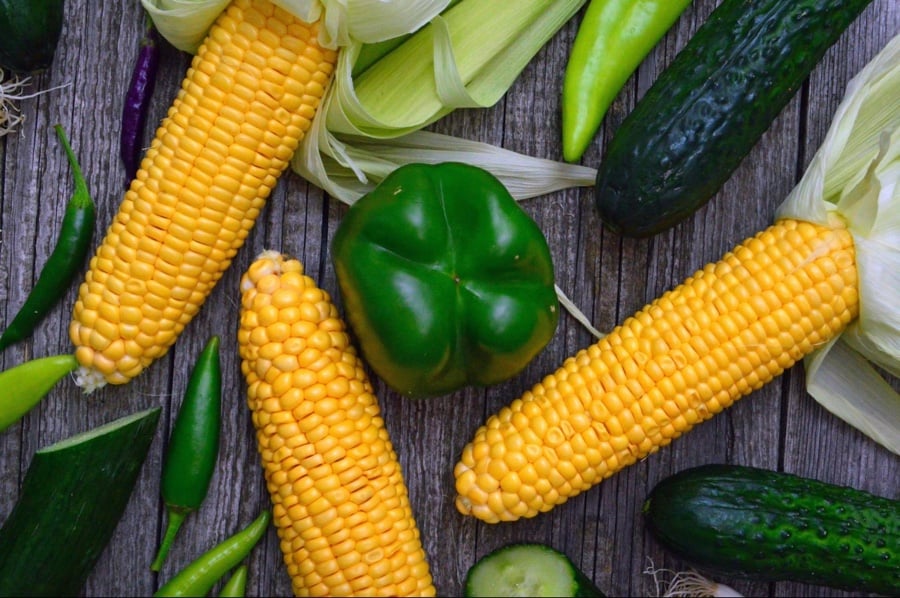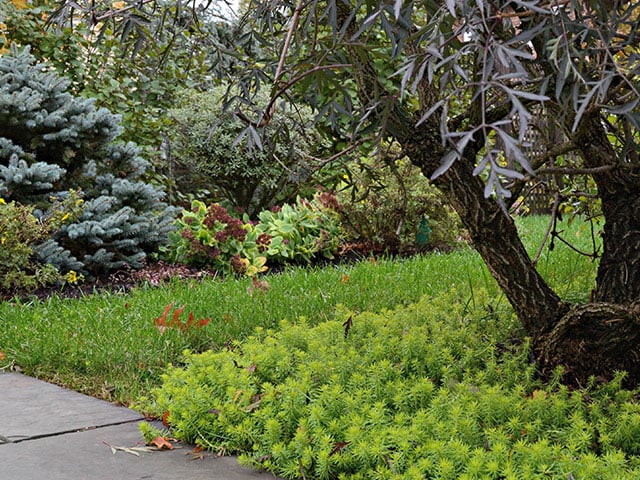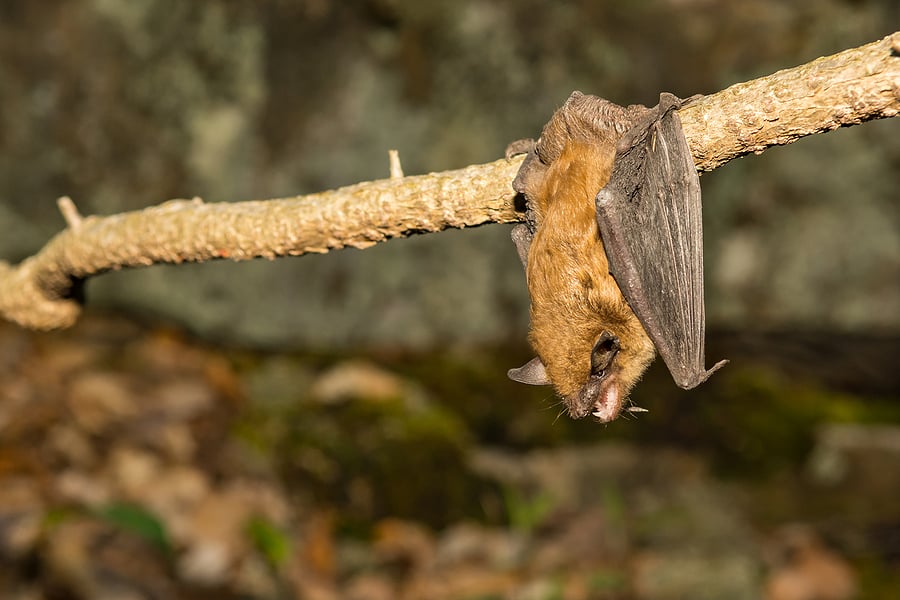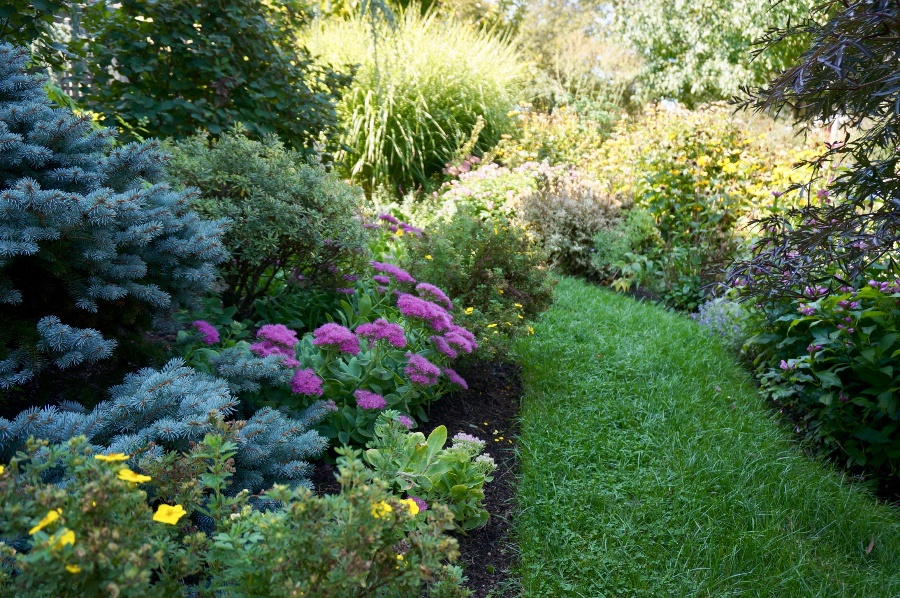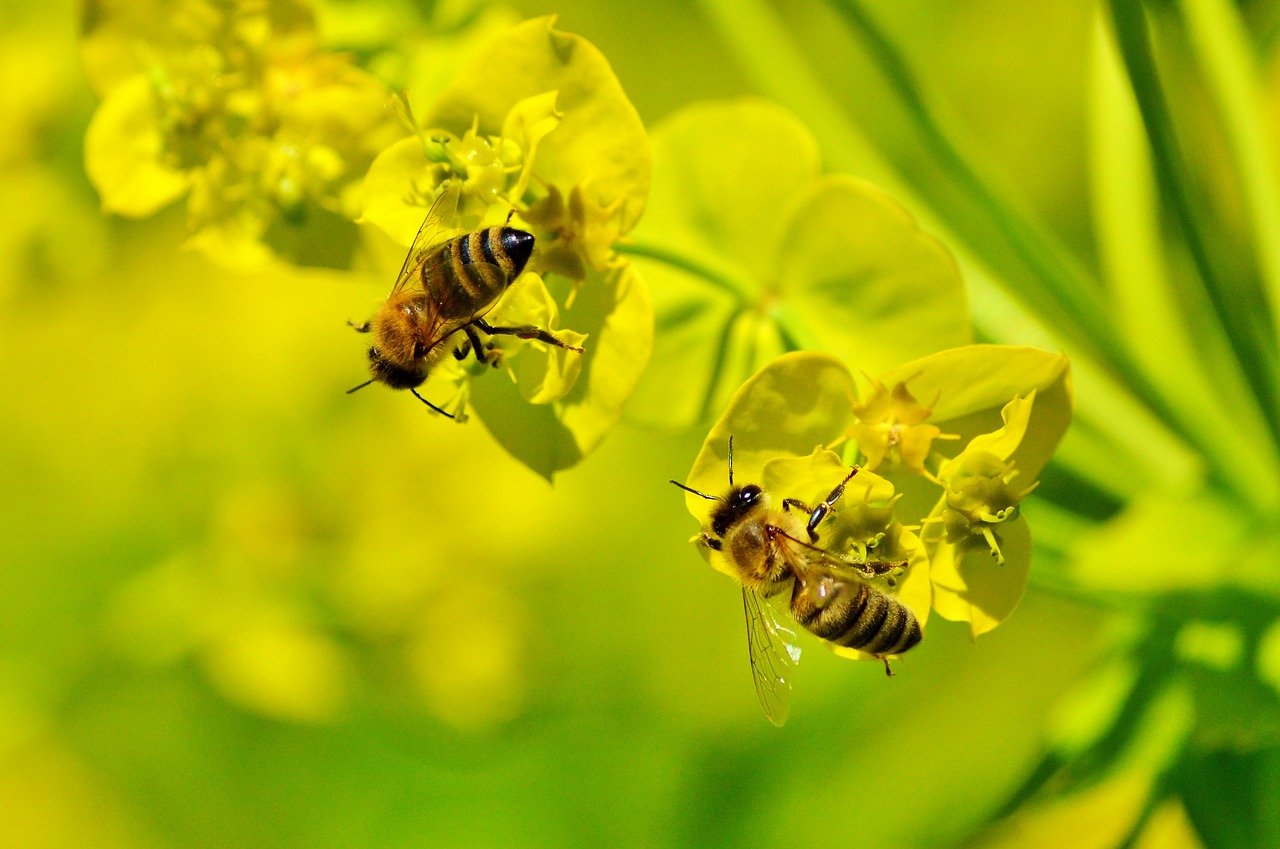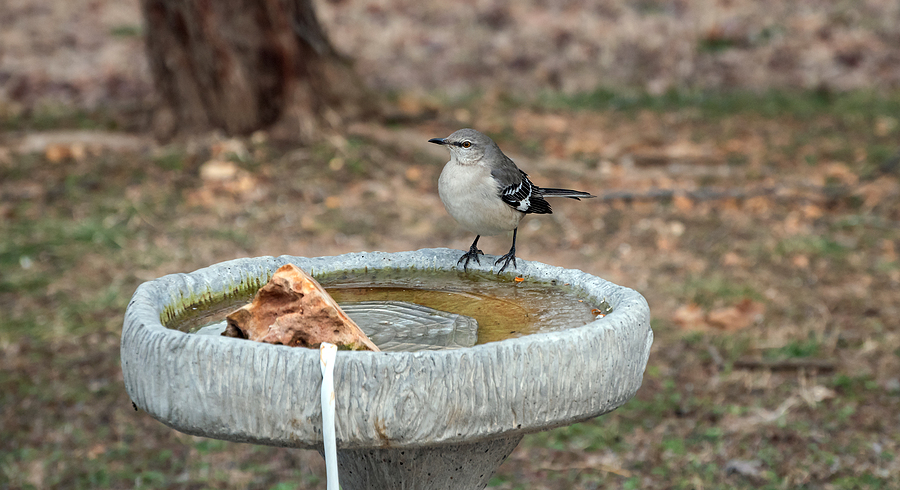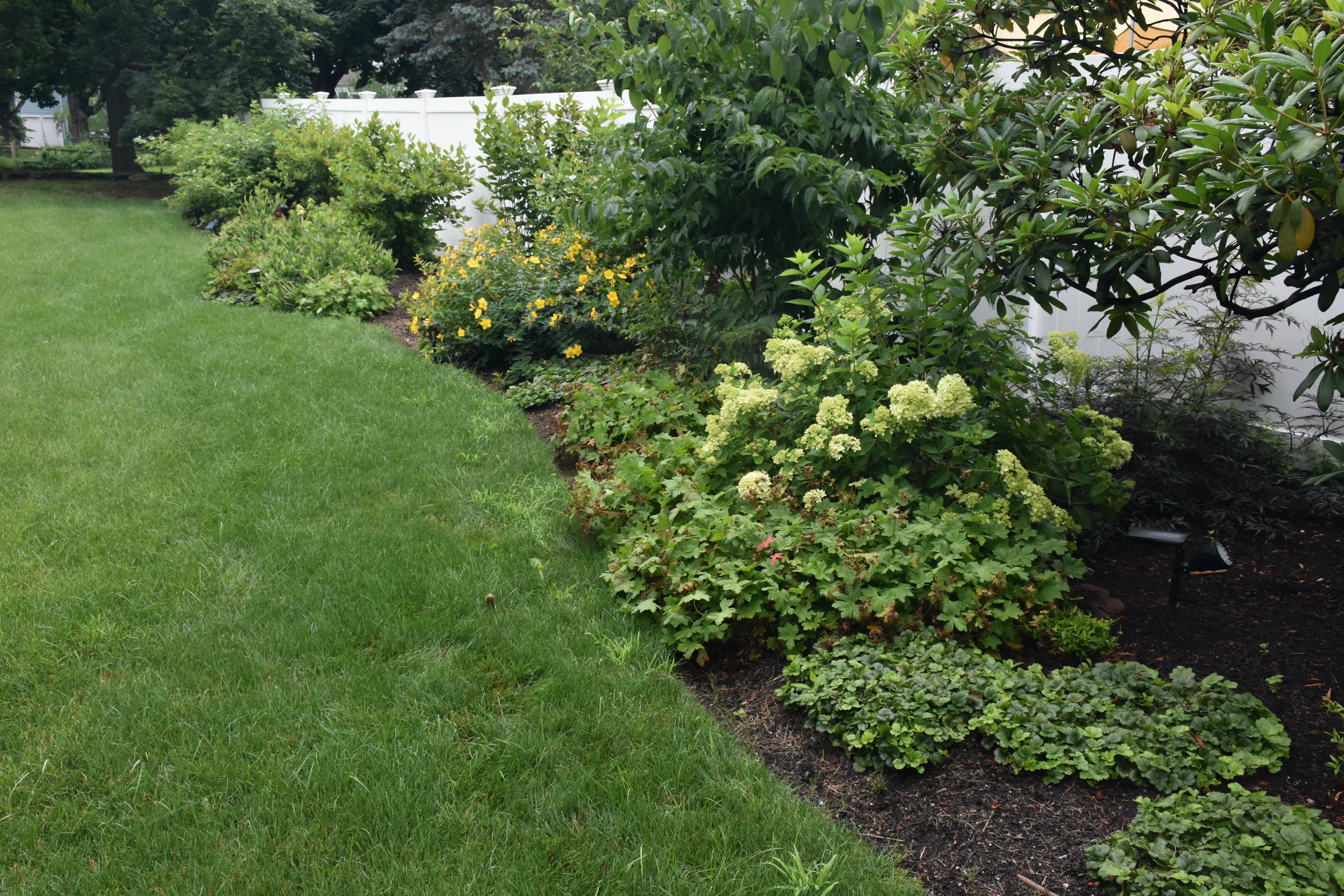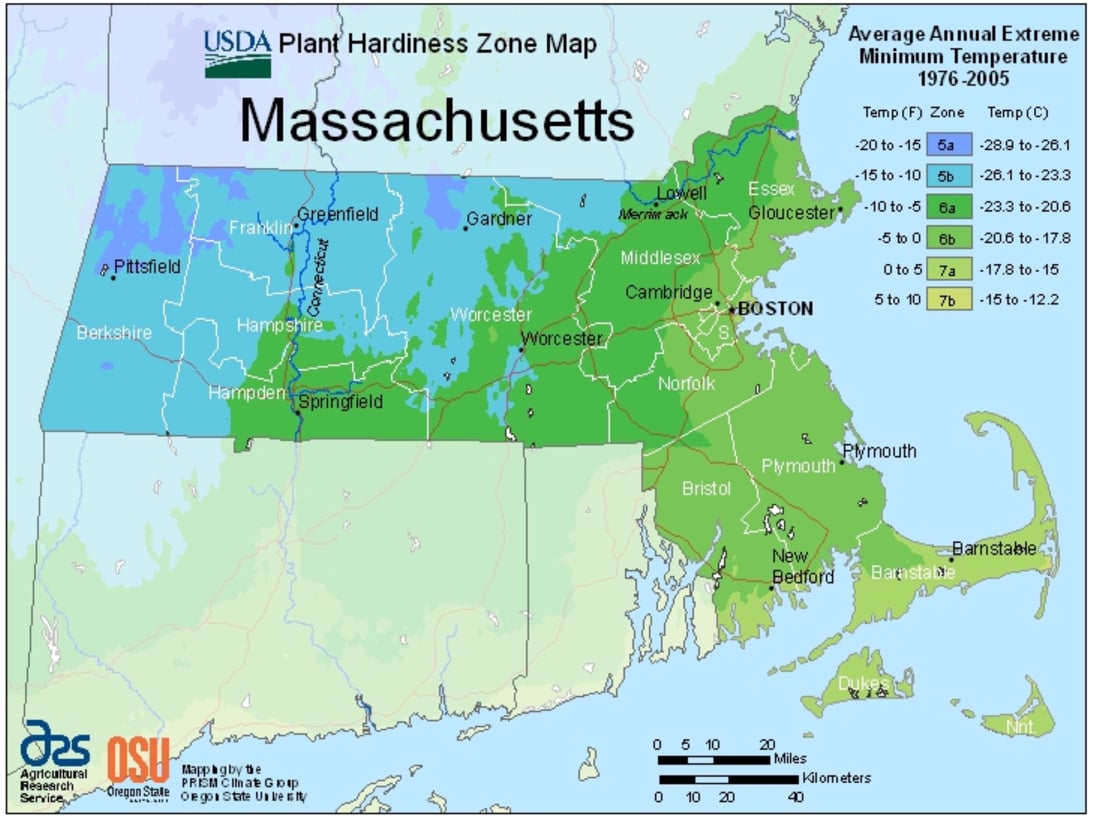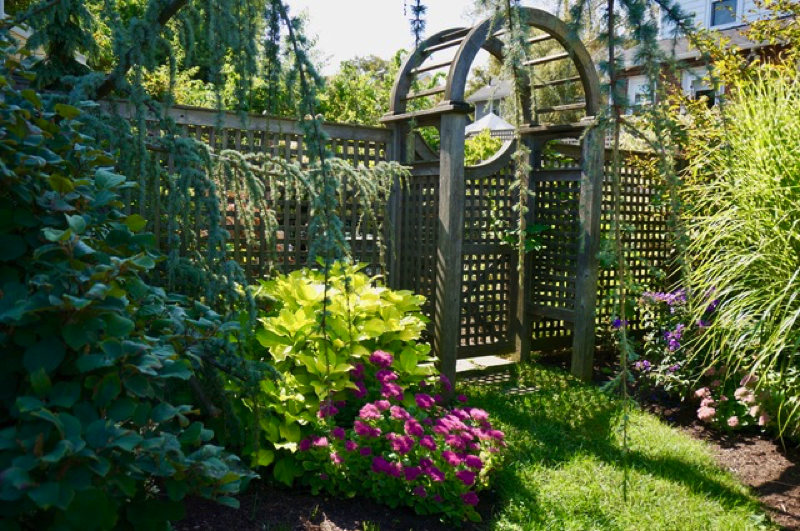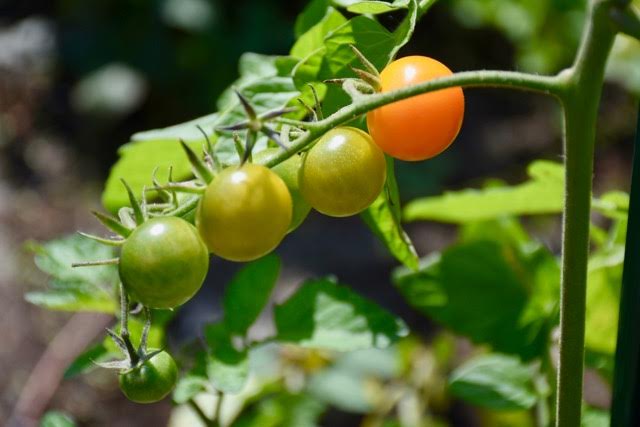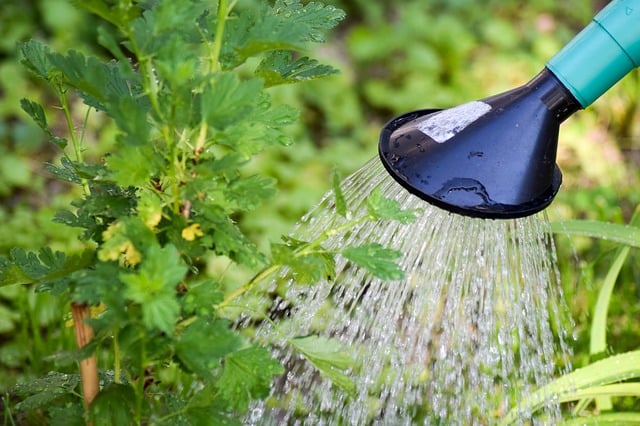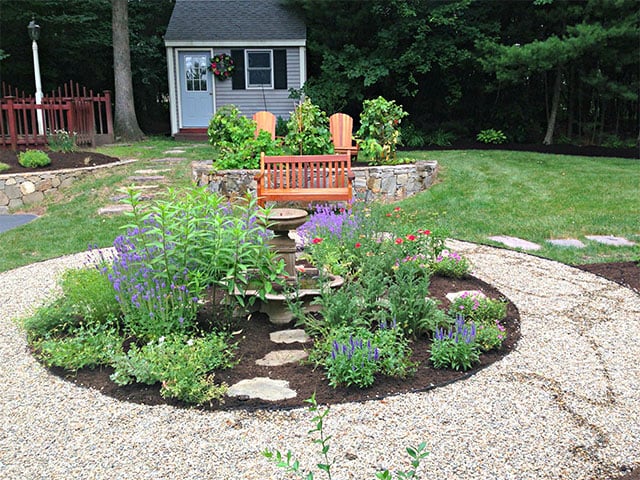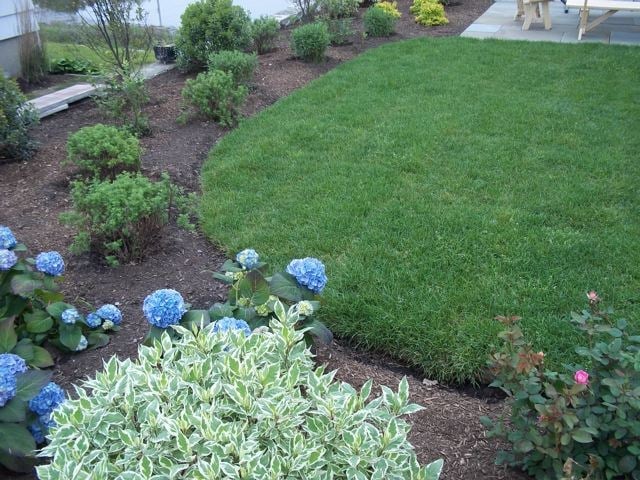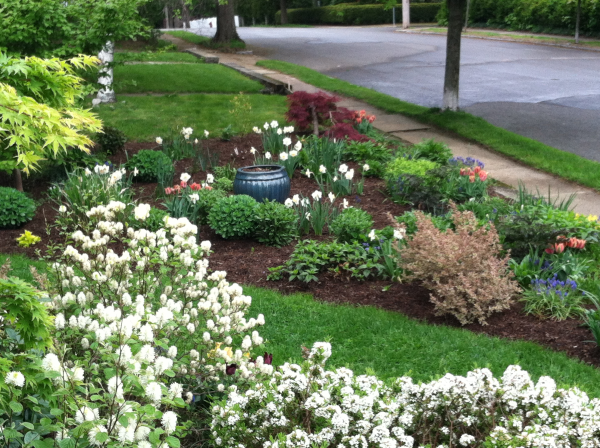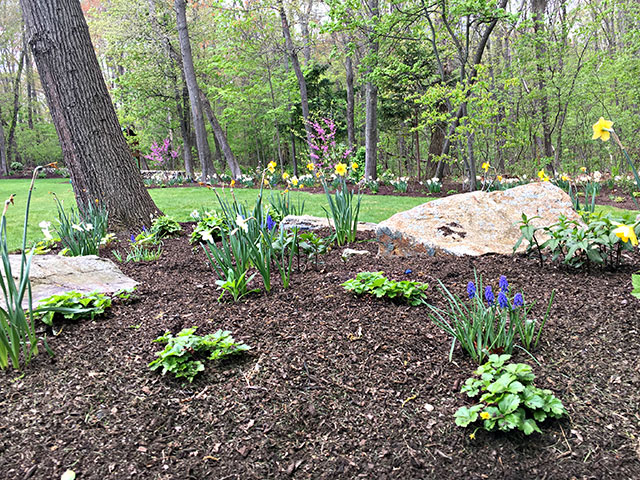For an environmentally conscious gardener, managing your garden during a drought is a constant battle between needing to conserve water and keeping your parched plants alive. Drought is often paired with heat waves which can further complicate keeping your garden from drying out completely.
Fortunately, many species of plants have mechanisms in place to help them survive less than ideal conditions. Between those mechanisms and a human helping hand, we can help plants survive the dry spells.
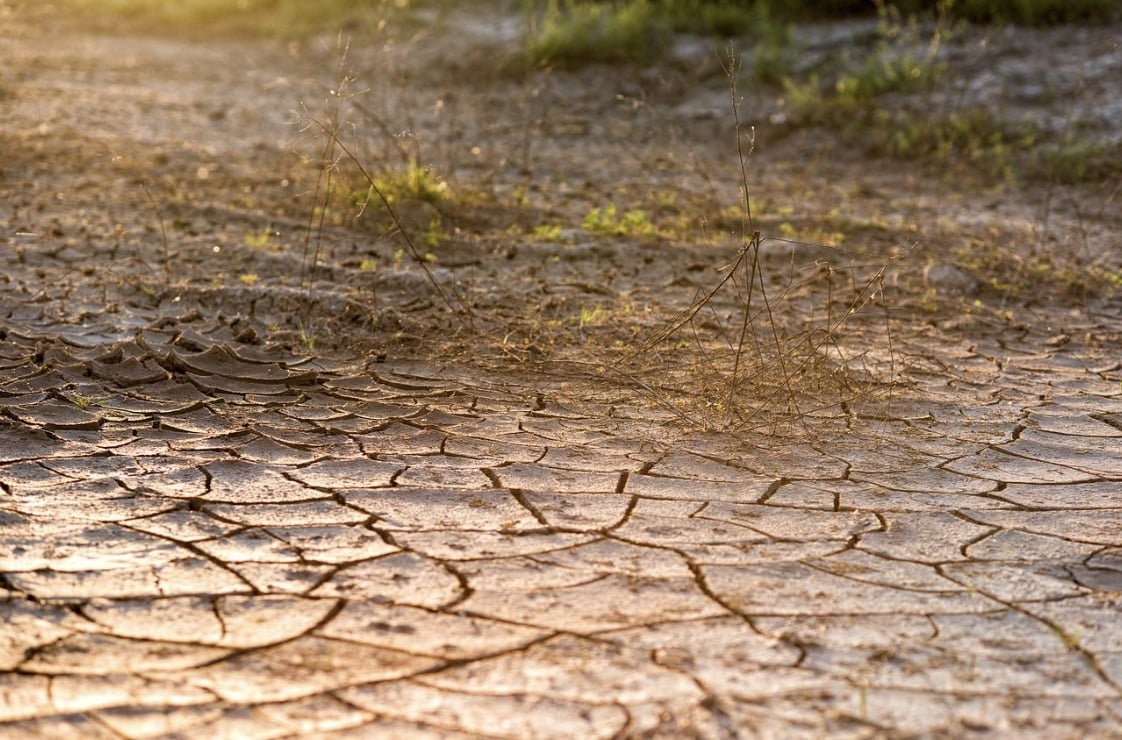
Understanding How Plants Use Water
Understanding how your plants take in and consume water can help you get the most out of a limited water supply during drought.
Typically, when watering, people will wet the entire plant, thinking the leaves will benefit directly from the water. However, most of the water is being absorbed through the root system, and very little is absorbed through the rest of the plant.
The water is taken in through the root tips, and travels up through the xylem system within the plant. Xylem cells move water through a mechanism called cohesion-tension, pulling water up through the roots and stem, into the leaves where it is used in photosynthesis, and then expelled as water vapor through tiny openings on the leaves called stomata.
It is a common misconception that photosynthesis only takes place during the day in the sunlight. The reaction is taking place nonstop, day and night, meaning plants are constantly taking in and expelling water even when they’re not exposed to sunlight.
However, in times of extreme heat, plants will close their stomata to retain water, which effectively stops the gas exchange critical to the photosynthetic reaction. In turn, this decreases the plants ability to take in water during the hottest parts of the day. Because of this reaction, most plants will uptake more water in the early morning, evening, or at night when temperatures are lower and the stomata are open.
In plants, up to 95 percent of the living tissue is composed of water, and many smaller plants rely on water not only as a key component of photosynthesis, but also as a structural component. This is why in times of drought you’ll see many plants start to wilt when they are low on water. The lack of water makes the structure of the plant less rigid, leaving the leaves and stems drooping.
Reducing Water Usage
At times when water is scarce, it is imperative for you and your plants to make the most of the water you have. Reducing the amount of water your plants need to thrive, as well as finding more efficient methods of delivering that water can be the difference between your garden surviving tough times, or succumbing to drought.
Mulching
Adding a layer of mulch is a great way to improve the looks of your garden beds, but it has hidden benefits as well. Mulch will insulate the soil around your plants and prevent the roots from overheating in the hot sun. It also helps to hold moisture in the soil, preventing it from evaporating before it can be absorbed by root systems.
Another benefit is that it will help to trap more rainfall, allowing it to penetrate the soil rather than draining away off the surface. Your mulch layer should be 2-4 inches deep, and if you would rather not mulch your entire garden, adding a layer just around the base of your plants can still be beneficial.
Watering Schedule
When watering, the goal is to keep the soil moist for as long as possible. When there is not as much need to conserve water, it’s easy, but during times of drought and extreme heat it can be more of a challenge. Watering in the evening or even at night can reduce the amount of water lost to evaporation before it can penetrate the soil.
To conserve water, be sure to only apply water to the soil and not to the plants themselves. Longer, slower watering sessions are better for the plants in the short and long term. In the short term, slower watering sessions will allow the water to work its way deeper, keeping the soil damp for longer. In the long term, slow, deep watering will help your plants develop deeper root systems, which are much more resilient to drought and extreme weather than a shallow root system.
When you are limiting how much you water, watering for longer less frequently is more beneficial than watering for shorter periods more frequently. Also, watering at cooler times of day or at night, while plants are taking in more water can help to increase the effectiveness and efficiency of your watering. Taking advantage of the cooler parts of the day will also reduce the amount of water lost to evaporation before it can reach the soil or your plant’s roots.
Drip Irrigation
Drip irrigation can be an excellent option for slow, deep watering. Running drip lines through your garden will keep the soil saturated while avoiding wasting water by delivering it only where it's needed. Along with being much more efficient than standard sprinkler irrigation systems, drip irrigation can also be much more affordable to install.
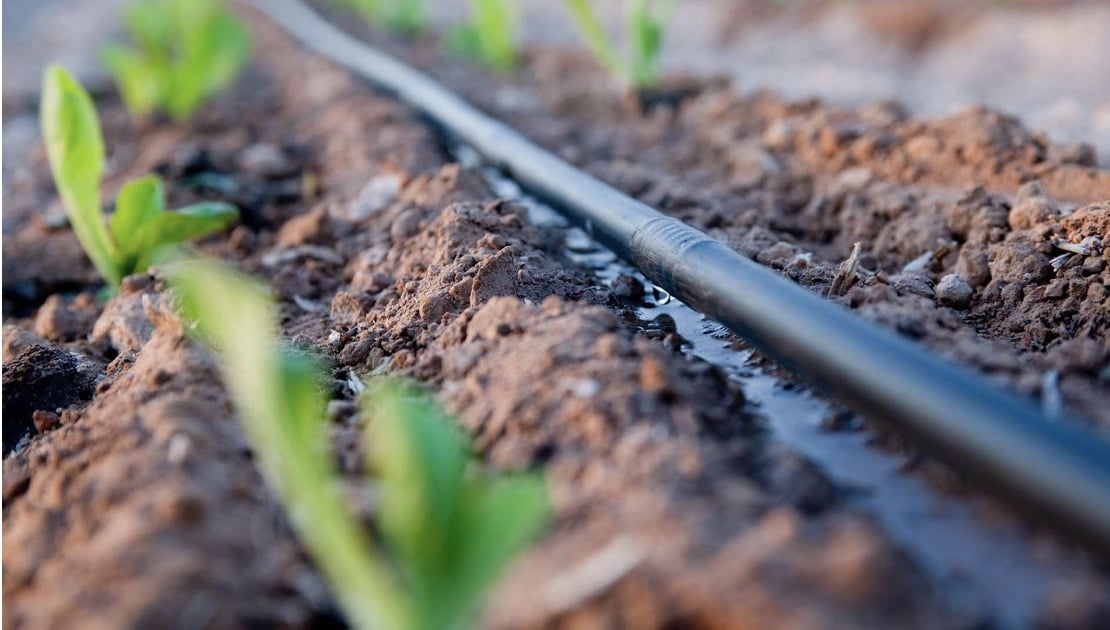 Even if a complete irrigation system isn’t for you, olla irrigation systems require no special plumbing. In fact, they probably predate plumbing!
Even if a complete irrigation system isn’t for you, olla irrigation systems require no special plumbing. In fact, they probably predate plumbing!
An olla is an unglazed clay pot with origins in Latin American cooking, but they are also used as a form of drip irrigation. The olla is buried in the middle of garden beds and filled with water.
Since olla pots are unglazed ceramic, they will slowly leech the water out into the soil, keeping it moist and providing water to the surrounding plants. Using olla pots requires very little maintenance other than topping them up every so often, and they are incredibly efficient since they are distributing the water subterraneously.
Alternative Water Sources
Along with making your watering more efficient, finding an alternative, sustainable source of water for your garden can also help conserve during times of scarcity. Collecting rainwater is a great way to source water for your garden any time, and contrary to popular belief, it can still work even with a relatively low amount of rainfall.
Even without a rainwater collection system, you can dig swales and irrigation ditches to help redirect runoff to your parched garden. Read our article, Rainwater Collection for Landscape Maintenance, for more information.
Drought and water restrictions can be hard on your garden, but with a better understanding of how your plants use water and maybe some thoughtful changes in your gardening practices, your plants can remain thriving. Even in times when water is plentiful, employing steps to save water is good for the environment, saves energy, and helps take demand off of your local water supply.
Want to learn more about to make the most environmentally-friendly landscaping choices? Download our free ebook, 10 Common Gardening Mistakes That Hurt the Environment.


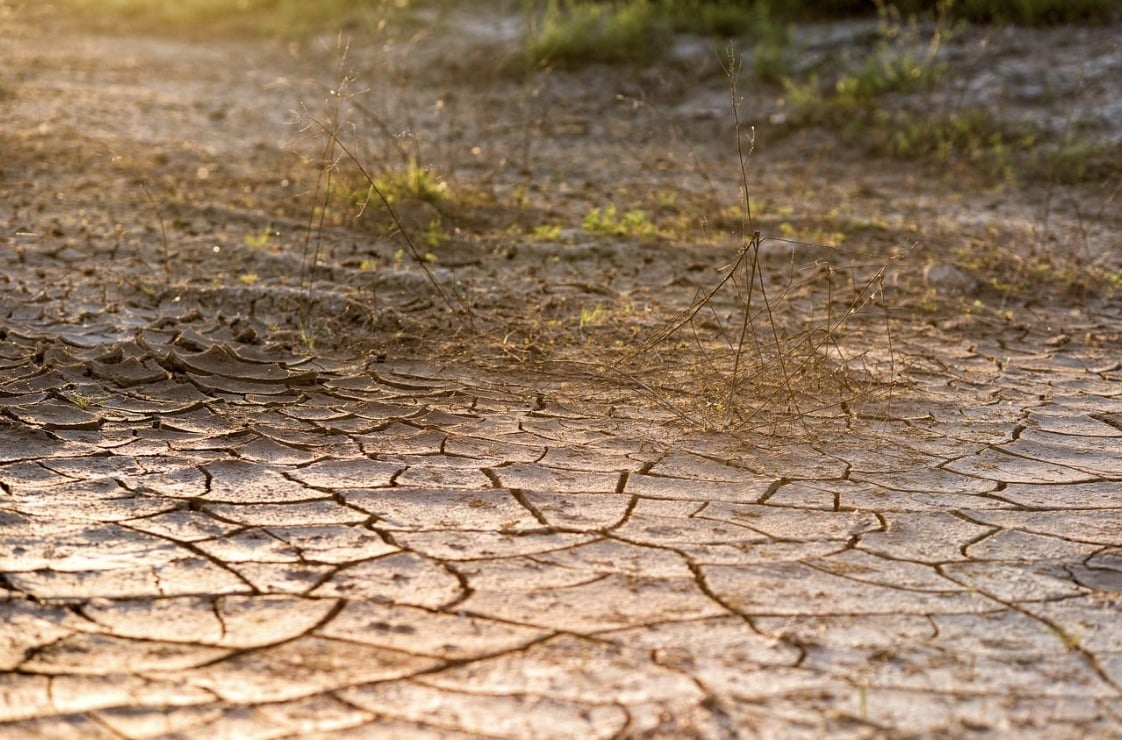

 Even if a complete irrigation system isn’t for you, olla irrigation systems require no special plumbing. In fact, they probably predate plumbing!
Even if a complete irrigation system isn’t for you, olla irrigation systems require no special plumbing. In fact, they probably predate plumbing!
